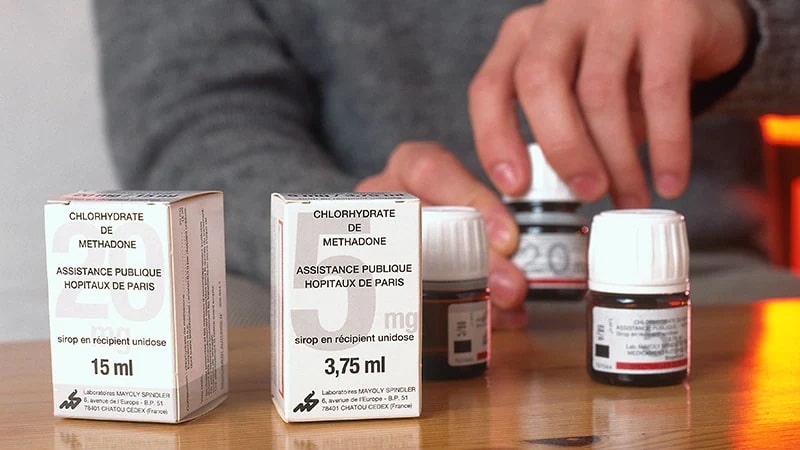The question of access to healthcare in rural areas remains a major challenge, where distances and the lack of medical resources hit communities hard. In this context, a representative from Intermountain Health recently highlighted the potential of Hub-and-Spoke models as an innovative solution. These models, by facilitating collaboration between urban and rural healthcare facilities, promise not only to transform the delivery of care but also to save many lives by ensuring better access to specialists and quality care.

For many people living in rural areas, access to healthcare often feels like an obstacle course. The hub-and-spoke model proposed by Intermountain Health aims to address this critical situation. By connecting central hospital complexes, known as hubs, to nearby healthcare facilities, referred to as spokes, this system promises to improve access and quality of care. In rural areas where medical resources are limited, this model could offer innovative solutions.
The benefits of the hub-and-spoke model in rural areas
A hub-and-spoke approach facilitates the transmission of skills and knowledge beyond urban centers. Medical staff at local hospitals can thus benefit from direct access to high-level clinical expertise via digital platforms. This synergy between hub hospitals and spoke hospitals not only saves lives but also optimizes costs and resources. For instance, the effective implementation of telemedicine in these settings could prevent a large number of unnecessary transfers, thereby increasing the financial sustainability of rural healthcare facilities.
The support of Intermountain Health and its partners
Intermountain Health has recently partnered with leading companies such as Microsoft and Epic to promote the adoption of this model. Their goal is to eliminate barriers to access by facilitating information sharing and leveraging advanced technologies. Through these initiatives, rural hospitals will be able to tap into the resources of larger health systems and thereby improve their overall performance.
The current state of access to healthcare in rural areas raises significant concerns. A representative from Intermountain Health emphasizes the Hub-and-Spoke model as an innovative solution to address these challenges. By combining the resources of large health systems with rural hospitals, this model allows for better accessibility to care while optimizing costs and resources.
Rural areas, often isolated, suffer from a lack of specialists and prolonged wait times, exacerbating the health issues of their residents. By integrating digital technologies and telemedicine into local hospitals, the Hub-and-Spoke model can not only facilitate access to specialized care but also improve the quality of services offered. Through digital connections, practitioners in rural areas can benefit from the expertise of clinicians based in urban health centers, significantly reducing the need for long and costly travel for patients.
Moreover, this approach contributes to the financial sustainability of rural hospitals. By reducing the number of transfers required to larger health centers, these facilities can better manage their resources and provide higher quality service to their patients. Consequently, this creates a virtuous cycle where hospitals can remain operational and competitive while improving patient satisfaction and outcomes.
In summary, the implementation of the Hub-and-Spoke model represents a potential turning point in how healthcare can be delivered in rural areas. It is an initiative that can truly transform the medical landscape, making care more accessible, efficient, and sustainable for vulnerable populations.














